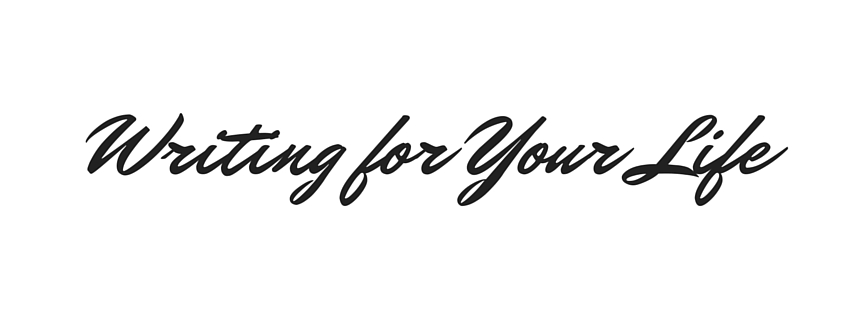I thought it might be helpful to go through a little math, in order to compare the revenue coming to an author through self-publishing vs. traditional publishing. (Note: these examples are fictitious and not based on any real author situation.)
Let’s say that you have a 250 page trade paperback book, with a list price of $15.99. It will be 5.5″ by 8.5″ with no illustrations; just text.
Traditional publisher contracts will often times give an author royalties of either 7.5% of a book’s retail price, or 22% of the book’s net revenue to the publisher (this allows discounts to better be taken into account). In either case, this results in roughly $1.20 per book sold that goes to the author.
In a self publishing scenario, looking only at paperbacks sold in the US, using Amazon Createspace, the amount coming to the author would be $5.74 per book for books sold through amazon.com. (You can go to www.createspace.com and without even logging in, experiment with different book sizes and retail prices, and see what your royalties would be through a variety of distribution channels.)
The result is that you need to sell about 4.8 times as many books through traditional publishing as through self-publishing in order to make the same amount of money.
Now there are many caveats to mention here; it is not at all an apples-to-apples comparison:
- With traditional publishing you are likely to receive an up-front advance on royalties when you sign the contract. You could think of this as getting paid to write the book. Your book sales may or may not end up justifying the amount of the advance, but that financial risk is with the publisher.
- With self-publishing you will probably need to spend some money up-front on editing and book design assistance. (here are some examples of such services our partners offer)
- If your book is self-published, it is far less likely to be available in brick-and-mortar bookstores. But they will probably be able to order it if a customer asks.
- If your book goes through a publisher, they have a sales team that pushes your book to traditional bookstores, thus increasing its awareness and sales.
In today’s world, most of the marketing effort required to sell books is the responsibility of the author. That is true whether the book is self or traditionally published.
As I have often said, self-publishing is not for everyone. However if you are not able to line up a traditional publisher, it is not a bad option!
